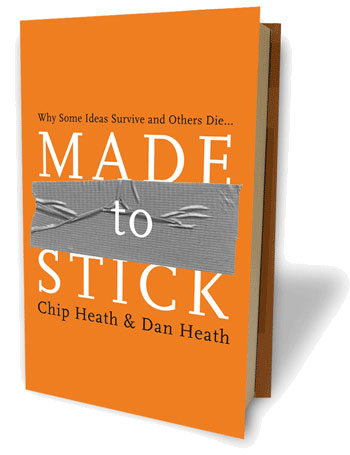
It’s one of London’s iconic buildings, and a magnet for photographers (like my son, Brian, whose photograph this is), but there are rumours of a new attempt to replace it with a glass-walled monstrosity. Brian writes:
Yesterday, the Guardian reported that the new owners of the £400m prime 36+ acre riverside site, Treasury Holdings, had scrapped development plans approved by Wandsworth Council in November last year and speculated whether London might be about to lose the four iconic chimneys altogether to yet another bland, luxury, residential development if the Power Station is allowed to further deteriorate beyond the realms of renovation.
Wandsworth Council and previous owners, Parkview, refused to even consider an alternative report by a team of three companies of concrete experts brought together by the World Monuments Fund & Twentieth Century Society, who have revealed that the chimneys can be repaired for half the cost of demolition and rebuilding.
The independent report also revealed there is no sign of structural distress in the chimneys. When Parkview bought the site thirteen years ago, they promised to restore it, but instead sat on it and did nothing, merely hanging onto it as property speculators. They pushed through planning permission to demolish the chimneys, full of promises to restore the building, but instead immediately flogged it for a £240m profit, since the value of the site had increased hugely as a result of planning permission to demolish the chimneys. Profit not renovation was evidently their aim.’
There is a Number 10 e-petition that UK citizens can sign to put pressure on the developers to honour their agreement.
I’ve signed the petition. It reads:
‘We the undersigned petition the Prime Minister to prevent the proposed demolition of the chimneys of Battersea Power Station and to legally oblige the current owners to renovate the site, rather than sit on it and speculate as the previous owners did.’



